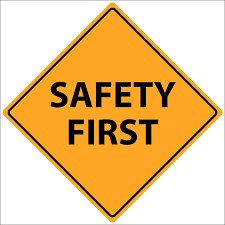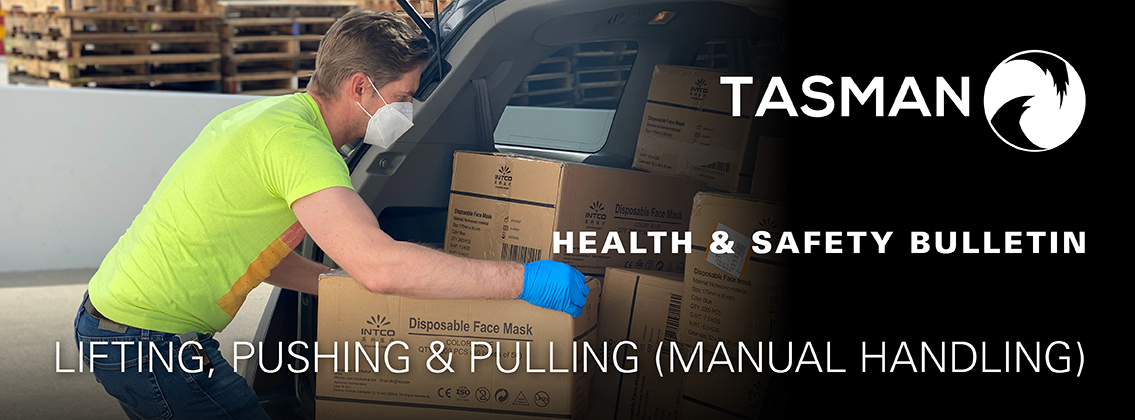Health & Safety Bulletin – Lifting, Pushing And Pulling (Manual Handling) – March 21
Manual Handling
Most jobs involve carrying out some some type of manual task. If poorly designed or done incorrectly, manual tasks can become hazardous.
A hazardous manual tasks is where you have to lift, lower, push, pull, carry, hold or restrain something. It can include:
- Repetitive movement
- Repetitive or sustained force
- High or sudden force
- Sustained or awkward postures.
- Exposure to vibration
Risk assessment of hazardous manual tasks
It is important to carry out a risk assessment for any manual tasks that have the potential of being hazardous. A risk assessment of
manual tasks will help identify the following:
- Postures, movements and forces that pose a risk.
- The reasons and the actions needed to mitigate the risks.
- There is also identification of psychosocial risks that can increase the risk of musculoskeletal disorders.
Musculoskeletal Disorders
MSD refers to an injury or disease of the musculoskeletal system. The musculoskeletal system supports and protects the body and is made up of the bones of the skeleton, muscles, cartilage, tendons, ligaments, joints and other connective tissues that supports and binds tissues and organs together.
MSD may include:
- Sprains and strains of muscles, ligaments and tendons.
- Back injuries including damage to the muscles, tendons, ligaments, spinal discs, nerves, joints and bones.
- Joint and bone injuries or degeneration, including injuries to the shoulder, elbow, wrist, hip, knee, ankle, hands and feet.
- Nerve injuries or compression (for example carpal tunnel syndrome).
- Muscular and vascular disorders as a result of hand-arm vibration.
- Soft tissue injuries.
- Chronic pain.
- Acute pain.
Effective Ways to eliminate MSD’s
The best and most cost effective way to eliminate or minimise the risks of an MSD is to consider the manual tasks hazards and risks during the design and planning stage of a workplace or a job.


